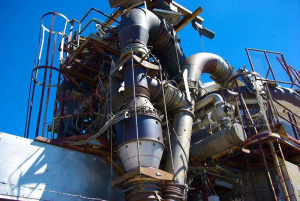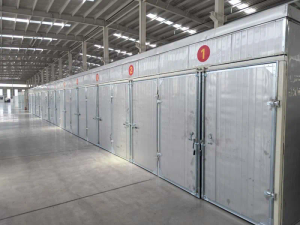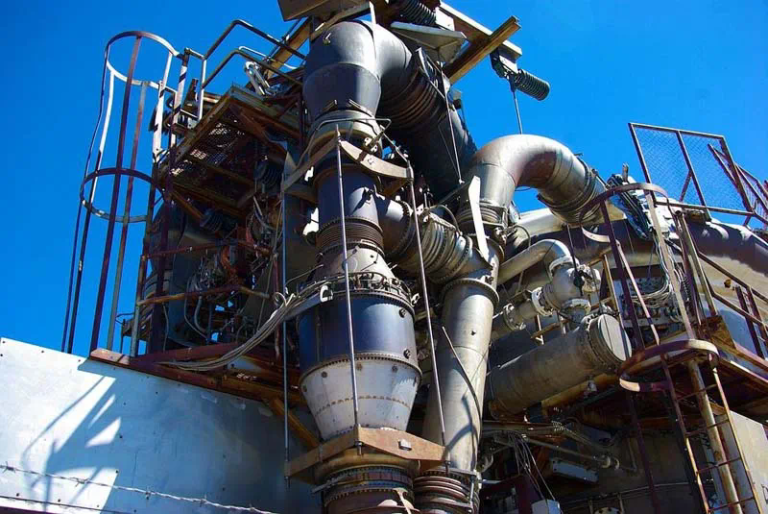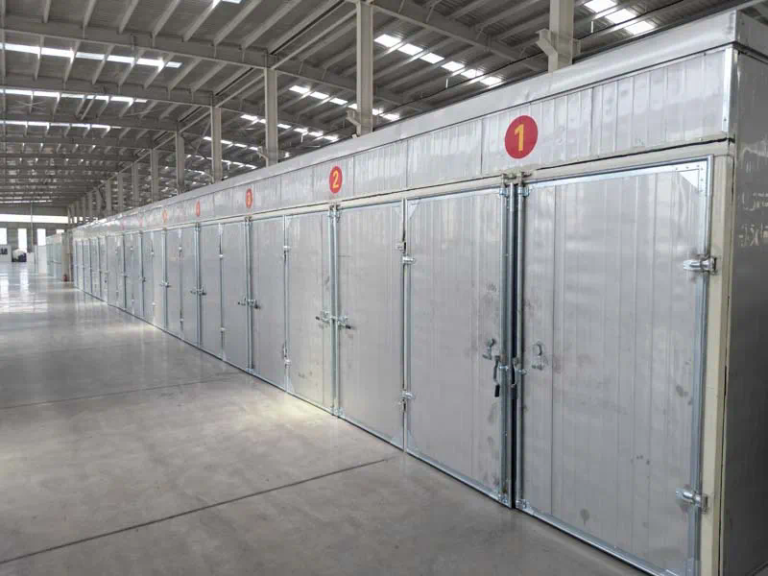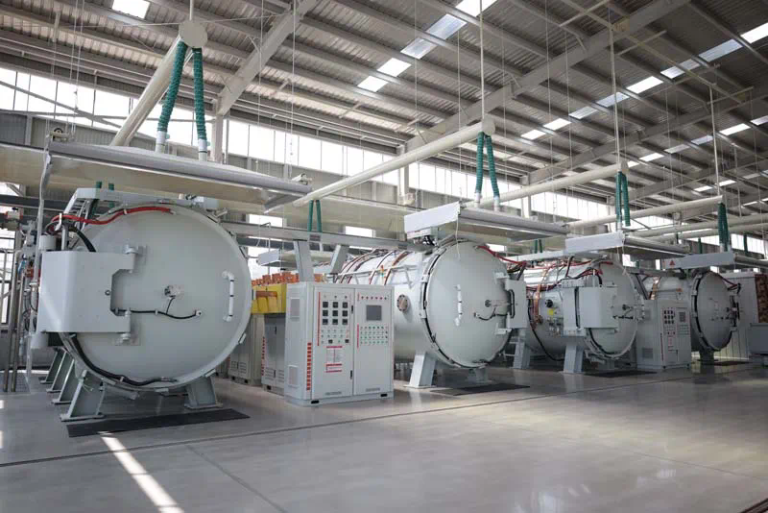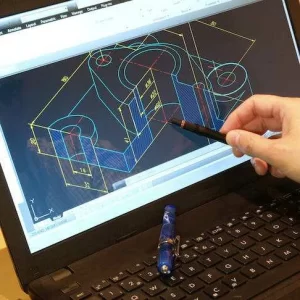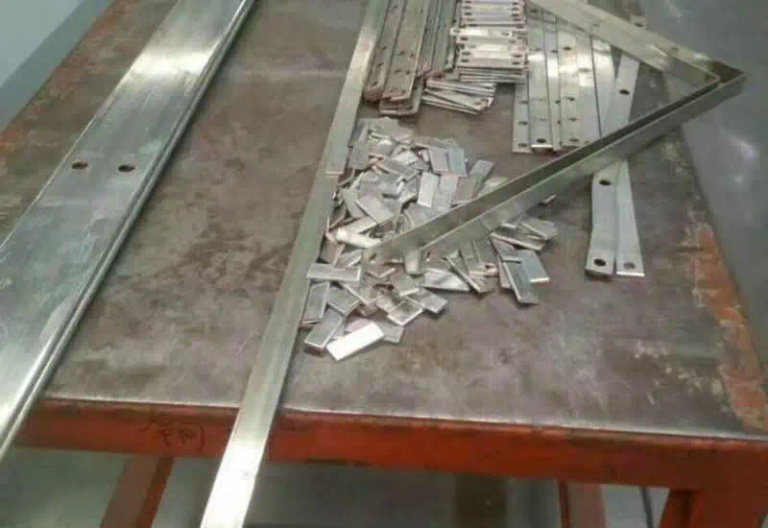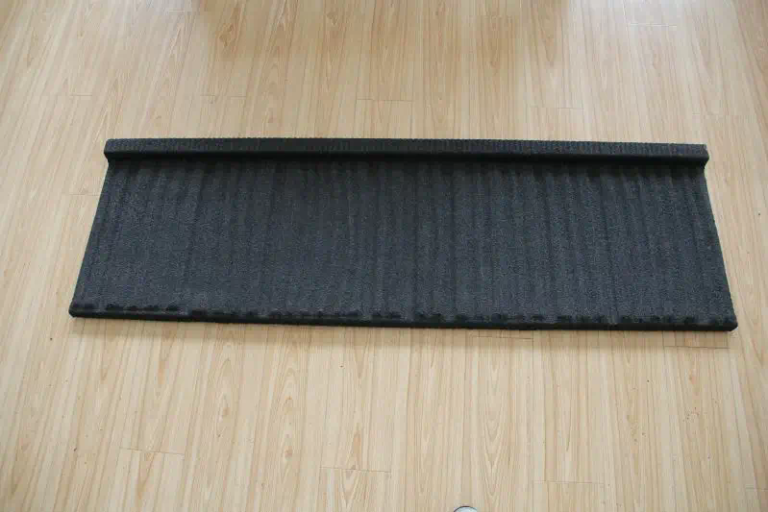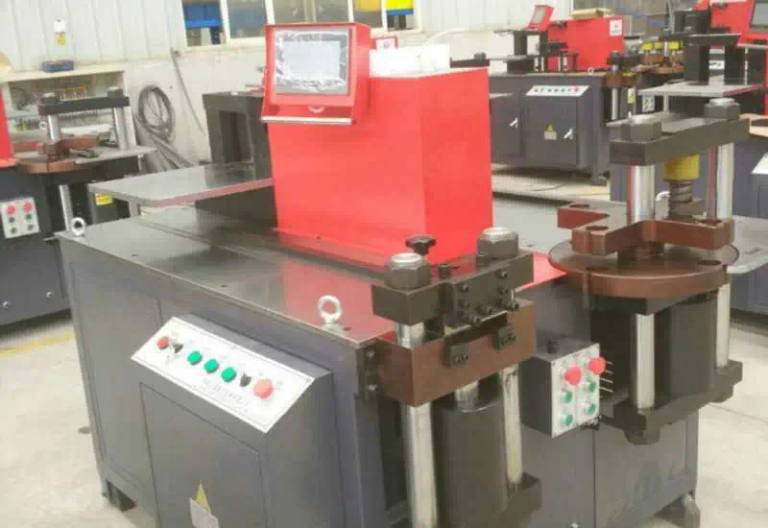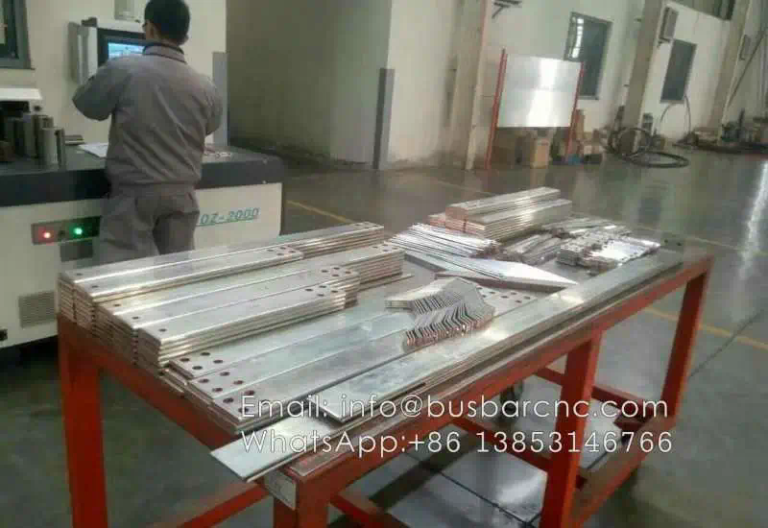Both percentages of elongation and area reduction are measures that indicate the ductility of a material. The percentage of elongation is not an absolute measure on its own. The elongation is not uniform and will be the most extreme at the center. The reduction of area, which is measured at the minimum diameter, is a better measure of ductility.
What Is Ductility Testing?
Testing for ductility provides a valuable and practical approach to gauging a specimen's capacity for plastic deformation before breaking. It can be used on a number of materials to discover where each material bends or fractures. Simply put, it is a measurement of how far a sample can be stretched before breaking.
When conducting a ductility test (bend test), a specimen is put under tensile stress. The moment the material starts to distort or fracture is noted. In a straightforward test, the specimen might be clamped by a machine between two anvils.
What Are the Factors Affecting Ductility?
Ductility is mainly influenced by three key factors as discussed below:
1. Composition
The composition of a material can affect its ductility in several ways. For example, adding impurities or alloying elements to a metal can alter its microstructure, which in turn can affect its ductility. The presence of impurities can cause defects and inclusions in the material that can act as stress concentrators, leading to premature fracture. Alloying elements, on the other hand, can alter the grain size, texture, and strength of the material, which can have a significant impact on its ductility.
2. Grain Size
Grain size affects ductility due to the comparative number of grain boundaries. Smaller grain sizes mean a higher number of grain boundaries and a decrease in ductility, but increased strength and hardness. Larger grain sizes mean fewer grain boundaries, and an increase in ductility, at the expense of strength and hardness.
3. Cell Structure
Another important factor that influences the ductility of a material is its crystalline structure. Materials with a crystalline structure, such as metals, can exhibit different crystal structures depending on their composition, which can affect their ductility. For example, materials with a face-centered cubic (FCC) crystal structure, such as aluminum and copper, tend to be more ductile than those with a body-centered cubic (BCC) or hexagonal close-packed (HCP) crystal structure.
Why Does Cold Decrease Ductility?
Cold working metal decreases ductility because the microscopic grain structure of metal gets deformed, increasing internal stresses. This has the effect of decreasing ductility while increasing hardness and strength.
Does Hot Working Increase Ductility?
Yes, hot working metal increases its ductility. At high enough temperatures, the internal grain structure of metal changes in such a way that most internal stresses have been eliminated. This results in higher ductility but also in decreased strength and hardness. The temperatures needed to have this effect are dependent on the metal being worked and have to do with the metal’s re-crystallization temperature.
What Is the Difference Between Ductility and Malleability?
Malleability is the ability of a metal to change shape without failing under compression, whereas ductility is the ability of a metal to change shape under stretching forces, or tensile stress. They are similar in that both have to do with the ability of metals to deform without failing. The difference is in the types of forces that are used. Malleability uses a compression force, whereas ductility uses tensile stress.
Ductility gives you an idea of how well a metal can be formed into materials like wires, whereas malleability can tell you how well a metal can be rolled and compressed into sheets.
Summary
This article presented ducility, explained what it is, and discussed the various materials that have good ducility. To learn more about ducility, contact a Xometry representative.
Xometry provides a wide range of manufacturing capabilities, including 3D printing and other value-added services for all of your prototyping and production needs. Visit our website to learn more or to request a free, no-obligation quote.
Disclaimer
The content appearing on this webpage is for informational purposes only. Xometry makes no representation or warranty of any kind, be it expressed or implied, as to the accuracy, completeness, or validity of the information. Any performance parameters, geometric tolerances, specific design features, quality and types of materials, or processes should not be inferred to represent what will be delivered by third-party suppliers or manufacturers through Xometry’s network. Buyers seeking quotes for parts are responsible for defining the specific requirements for those parts. Please refer to our terms and conditions for more information.
.webp)
